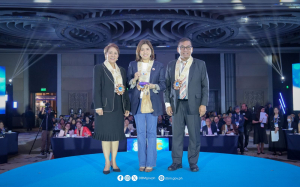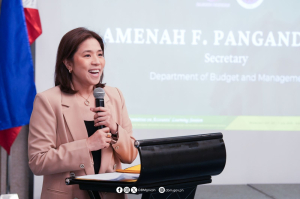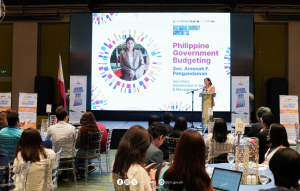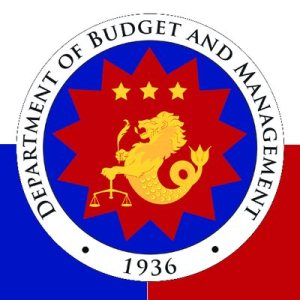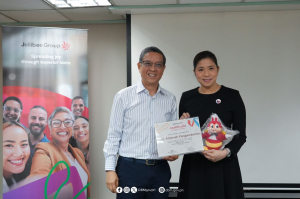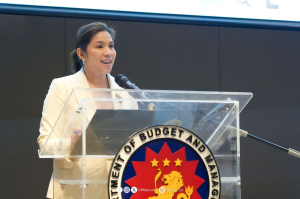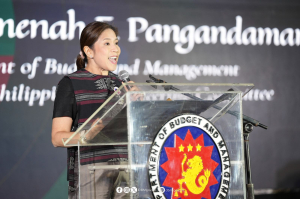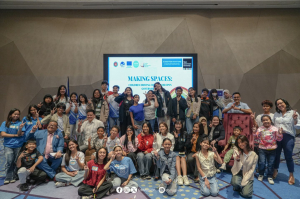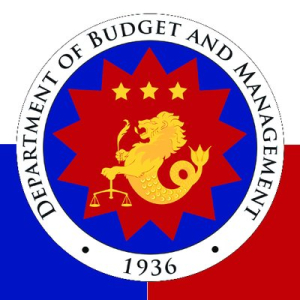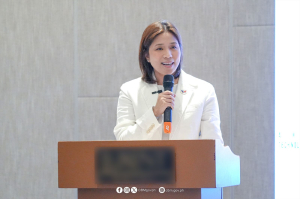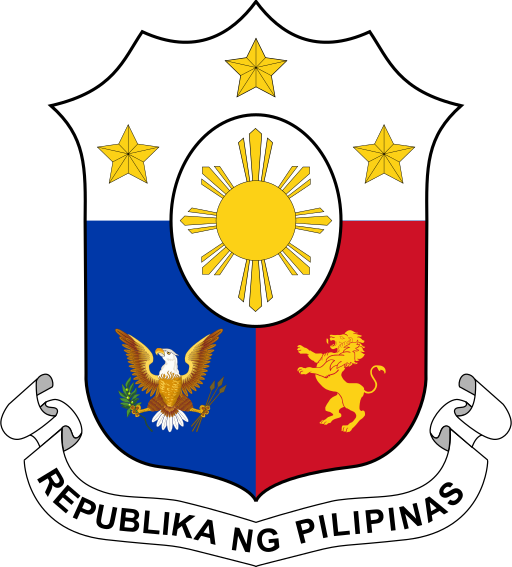
- Details

To the PEFA Secretariat, headed by Mr. Srinivas Gurazada who is joining us online;
To our development partners: Asian Development Bank (ADB) Director General Leah Gutierrez and Country Director Pavit Ramachandran;
UNICEF Country Representative Behzad Noubary;
French Development Agency Country Director Benedicte Gazon;
United Nations Resident Coordinator Arnaud Peral;
The Global Fund, represented by Fund Portfolio Manager Mark Edward Saalfeld, also joining us online;
Representatives from the Metrobank Foundation;
To my colleagues in government: Department of Finance (DOF) Secretary Ralph Recto, Commission on Audit (COA) Chairperson Gamaliel Cordoba, and Department of Economy, Planning, and Development (DEPDev) Secretary Arsenio Balisacan;
To the members of the academe and my fellow public servants:
A pleasant afternoon!
Assalamu alaikum wa Raḥmatullahi wa Barakatuh.
As Chair and on behalf of the Public Financial Management (PFM) Committee, I am so glad that this day has come: the unveiling of the PEFA Assessment Results. And I would like to extend my deepest appreciation to everyone who journeyed with us since the conceptualization of the 2024 Public Expenditure and Financial Accountability (PEFA) Assessment.
I view today not just as an occasion to report the results of the PEFA assessments, but also as an opportunity to reflect on how we can achieve a PFM system that is truly responsive to the needs and aspirations of all Filipinos, especially the most vulnerable sectors of society. It is also a time for us to reinforce our commitment to utilizing our public funds to address the climate crisis and disaster risks, among other challenges, that significantly affect the lives of our citizens.
While we acknowledge that transforming our PFM system is not an easy task, I believe that nothing is impossible for those who are dedicated to achieving their purpose, especially in delivering on our promises to the people.
This is why, when President Ferdinand R. Marcos Jr. issued Executive Order No. 29 in June 2023, directing the PFM Committee to digitalize and streamline our PFM processes through the full adoption of the Integrated Financial Management Information System (IFMIS), we embraced the challenge.
And so just three months later, in September 2023, we partnered with ADB, who so generously offered their technical assistance in developing the PFM Reforms Roadmap and conducting the PEFA Assessment. Thank you, ADB, for agreeing to be our partner as we strive to achieve our Agenda for Prosperity.
We then successfully launched both our PFM Reforms Roadmap 2024-2028 and the PEFA Assessment in October 2024.
I am proud to highlight that our country’s third PEFA assessment uses a multistakeholder and multi-framework approach. This reflects the national government’s commitment to a more inclusive and comprehensive review of our PFM system, helping us identify the gaps and create a path towards meaningful progress.
From October 2024 to April 2025, we held technical discussions, conducted fieldwork, and submitted our findings for peer review. Ultimately, we earned the PEFA Check, affirming the quality and reliability of our assessment.
This rigorous process was made possible by the dedication of the 21 agencies whose expertise and contributions were vital throughout this journey.
And today, I am honored to present to you the Philippine Public Expenditure and Financial Accountability Assessment Reports!
These five reports give us a nearly 360-degree view of our PFM landscape:
- First, the Basic PEFA Assessment, which measures the overall improvement of our PFM since the last PEFA assessment conducted in 2016. And I am proud to share that 20 out of 31 indicators are above the basic level of performance and aligned with international good practices. We passed—20 out of 31!
For the first time, the primary PEFA assessment is now supplemented by:
- The Gender-Responsive PFM, which reports the extent to which our country’s PFM responds to the unique needs of men and women, and subgroups across 9 indicators.
- We also have the Climate-Responsive PFM, which informs us whether our legal framework and systems contribute to the implementation of climate change mitigation and adaptation activities throughout the budget cycle.
- Next is the Child-Responsive PFM, which provides the baseline data on the emerging child-focused budgeting at the national level and the integration of children’s welfare at all stages of our PFM.
- And finally, the Disaster Resilient and Responsive-PFM, which identifies opportunities to strengthen our country’s capacity to manage disaster-related risks and manage our public funds more efficiently and effectively in post-disaster situations.
So today, we launch not just 1 but 5 assessment reports.
Once again, on:
- Public Expenditure and Financial Accountability
- Gender-Responsive PFM
- Climate-Responsive PFM
- Child-Responsive PFM
- And Disaster-Resilient and -Responsive PFM
Congratulations to all who worked on these. Let’s give them a warm round of applause!
I would also like to personally acknowledge the artists whose names are on the screen and who are present here today, who lent their masterpieces, through the generosity of the Metrobank Foundation, for the covers of the reports that we are presenting today.
As we have been diligently working on these assessments, we have also been advancing the implementation of our PFM Reforms Roadmap 2024-2028. And I am proud to say that we have already made significant progress in transforming and harmonizing our PFM system.
To name a few, we celebrate the passage of the New Government Procurement Act (NGPA), the launch of the Budget and Treasury Management System (BTMS), the revival of the Digital Information for Monitoring and Evaluation (Project DIME), and the institutionalization of key policy reforms, in partnership with DEPDev, such as the Revised National Evaluation Policy Framework (NEPF) and the Program Convergence Budgeting (PCB).
And we will not stop here. We will utilize the PEFA Assessment Reports to improve our PFM landscape further. In fact, just last month, we hosted a collaborative workshop for the mobilization and implementation of the PFM Reforms Roadmap using invaluable insights from the initial PEFA findings to shape our priority action steps in the months and years ahead.
Indeed, these reports do not mark the conclusion of our journey, but the beginning of a new era for a brighter, stronger PFM system that truly serves the Filipino people.
So today, let us build upon the foundations that will enable us to navigate the road ahead: continued collaboration, renewed commitment, and a collective effort to push forward with even greater purpose and determination.
With this, I invite everyone to watch this video on the comprehensive and objective analyses of the country’s PFM systems and processes as we solidify our role as a trailblazer in open governance and fiscal transparency.
This will be followed by an in-depth presentation of the PEFA Assessment Results by our Principal Economist, Dr. Joselito R. Basilio.
Let all of these serve as our guide towards building a Bagong Pilipinas—with a PFM system grounded on efficiency, transparency, and accountability, in fulfillment of our Agenda for Prosperity.
Thank you very much!
END
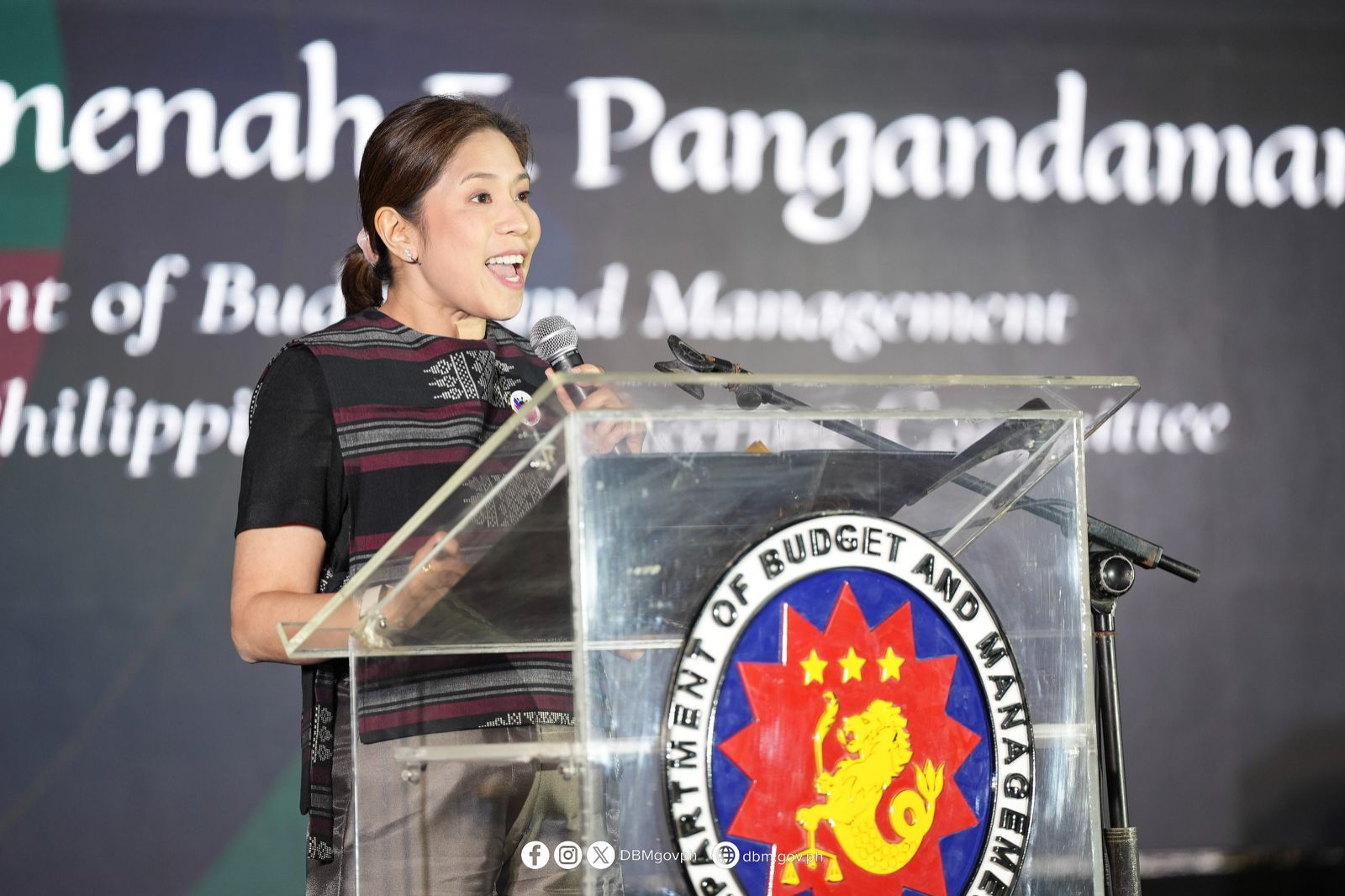
- Details

To our colleagues in the government;
Our development partners and stakeholders;
Members of the diplomatic corps;
Fellow champions and advocates of open government and good governance;
Esteemed guests, friends, ladies and gentlemen;
Good evening!
Assalamu alaikum wa Raḥmatullahi wa Barakatuh.
As we mark the end of this year’s Open Government Week, we come together not only to check on our progress but to honor the partnerships that continue to shape our collective journey toward a truly open government.
As you can see, tonight’s guests of honor reflect the commitment of the national government, the private sector, and the civil society to come together and synchronize open government initiatives.
Since the inception and institutionalization of the Philippine Open Government Partnership (PH-OGP), under the leadership of no less than President Ferdinand R. Marcos Jr. (PBBM), we have moved steadily from commitment to action. We’ve demonstrated that open government is not just a passing trend—it is a working principle embedded in how we plan, spend, consult, and reform.
At the Department of Budget and Management (DBM), we have taken deliberate steps to operationalize these values, anchoring our work in transparency, accountability, and citizen participation.
First, we cannot talk about open government without talking about access to information and deepening fiscal openness.
We are proud that the Philippines has not only cemented its position as the most fiscally transparent country in Asia based on the latest Open Budget Survey but has also drastically improved its standing in the World Press Freedom Index 2025.
However, the fact remains that we have yet to pass an enabling law that will truly uphold the people’s constitutional right to information. That is why I am calling on everyone present here tonight to make our clamor for the passage of a law on the right of access to information in the 20th Congress even louder and clearer!
I would also like to give a special mention to our 88 local government units (LGUs) that have enacted their own Right to Information (RTI) ordinances, palakpakan po natin sila! They demonstrate the power of local governments in driving change in our communities. As Interior and Local Government Secretary Juan Victor “Jonvic” Remulla said during our opening ceremony, we need more champions of local governance.
We are equally proud of our OGP Local Program members who have just launched their respective Local Action Plans!
And hand-in-hand with these transparency and localization efforts is our relentless push to amend our decades-old procurement law. On July 20, 2024, PBBM signed Republic Act No. 12009 or the New Government Procurement Act (NGPA)—the biggest anti-corruption measure in the country’s recent history.
This was likewise commended during the OGP Leaders’ Roundtable held on the sidelines of the United Nations General Assembly in New York last year.
And at the heart of a transparent and open government are its citizens. That is why in the past years, we have made concrete efforts to respond to the voices of our people, both locally and globally.
This Open Gov Week 2025, in a historic first, we have provided a platform for our Civil Society Organizations (CSOs) to have a dialogue with the country’s Economic Team so that we can gain greater insight into the concerns of the people from CSOs themselves, toward achieving a more responsive macroeconomic and fiscal targets.
The dialogue was a suggestion of the CSOs in one of the side events during the OGP Asia and the Pacific Regional Meeting last February, and now we have made it a reality—hopefully the first of regular consultations between our economic managers and CSOs.
Speaking of the OGP Asia and the Pacific Regional Meeting—also a first for PH-OGP—I am proud to share, especially with the members of our diplomatic corps present here, that we were able to successfully convene over a thousand reformers from more than 40 countries for this event, truly strengthening regional cooperation to promote the Open Government Agenda. This was especially meaningful for me as I just joined the OGP Global Steering Committee last October.
In addition, the Philippines has secured a leadership position in the Steering Committee as lead of the Programmatic Delivery Subcommittee (PDS). This subcommittee is crucial as it provides strategic oversight of OGP strategy for advancing open government reforms across priority themes—working closely with the Support Unit to scale thematic ambition across the Partnership.
I hope this was a great reassurance of the Philippines’ commitment to open government, not just in our nation but also in our region and as part of the community of nations.
As further testament to this, our country submitted the highest number of entries in the region for the Open Government Challenge—with more than half of the submissions coming from the Philippines. I believe this reflects the impact of OGP on the various leaders in our nation who have embraced its values and are transforming commitments into action.
Meanwhile, digital governance is also a central theme within the Philippine Development Plan 2023-2028. We, at the DBM, count among our most significant milestones the launch of the Public Financial Management (PFM) Reforms Roadmap 2024–2028. It aims for the full adoption of the Integrated Financial Management Information System (IFMIS) across all government agencies. This will ensure that every peso is planned well, spent wisely, and accounted for transparently.
And we reached another milestone in digitalization this Open Gov Week, as we signed a memorandum of understanding with the University of the Philippines - Nationwide Operational Assessment of Hazards or UP NOAH for the Digital Information for Monitoring & Evaluation or what we call Project DIME. Thank you, UP President Angelo “Jijil” Jimenez, who is here. Sir, maraming salamat po for this significant collaboration!
Finally, our approach to open government also includes building a governance culture that respects inclusion and promotes peace.
At the first-ever International Conference on Women, Peace, and Security, which the Philippines hosted in October 2024, together with Secretary Carlito Galvez Jr. of OPAPRU and Secretary Enrique Manalo of DFA, we highlighted the critical role of women’s stories and leadership in building resilient and peaceful communities, especially in areas that are recovering from conflict, including the Bangsamoro Autonomous Region in Muslim Mindanao (BARMM).
Now, we continue to push for more localized and gender-sensitive approaches to peacebuilding, anchored in the principle that access, representation, and equality are prerequisites to lasting peace.
We are also addressing the long-standing inequities in access to justice by approving the creation of 178 new Public Attorney positions—expanding the reach of legal assistance to indigent Filipinos.
These are just some of our wins which would not have been possible without you—our dearest partners in prosperity!
From policy design to grassroots consultations, from RTI lobbying to program implementation, you have walked with us every step of the way. You’ve kept us grounded and held us accountable. And for that, we are deeply grateful.
Clearly, tonight is more than just a celebration and culmination—it is a reaffirmation of a shared belief that when governance is transparent, participatory, and inclusive, it becomes truly transformative.
Thank you for celebrating with us! Mabuhay po ang OGP, at ang Bagong Pilipinas!
Wabillahi Tawfiq Wal Hidaya, Wasalamu alaikum wa rahmatullahi wa Barakatuhu.
END

- Details

Good afternoon, Open Government champions, and happy Open Gov Week!
I am always happy to join our government, civil society, and development partners, and our fellow open government champions, but today I am most excited to meet our young ones and interact with our youth!
To our dear children and youth, in case you don’t know me, ako po si Sec Mina. Ako po ang Secretary ng Department of Budget and Management.
At nandito rin po si Sec. Rex (Gatchalian). Siya naman po ang Secretary ng Department of Social Welfare and Development.
I also want to acknowledge the European Union, the United Nations Children’s Fund or UNICEF Philippines, the Council for the Welfare of Children, and the Positive Youth Development Network. Thank you for partnering with us and for joining us in this dialogue. Palakpakan po natin sila.
I want to begin with a greeting of peace in Arabic—marami po akong nakikitang kababayan ko rito:
Assalamu alaikum wa Raḥmatullahi wa Barakatuh.
Now you might be wondering: why are you here today? Well, you are here today because we, your leaders in the government, want to listen to you, our future leaders in government.
You know why? Because a good leader is also a good listener. So, si Kuya Rex and si Ate Mina are here to listen to you.
So that when we make our government policies—when Kuya Rex comes up with his programs for the children and Ate Mina comes up with the best budget for those programs—we would know what is best for you because we listened.
Usually, the government is the leader, and the people are beneficiaries or recipients of the services of government. But now, we have something called an Open Government Partnership. It means that instead of working separately, the government and the people are becoming partners and working together for the common good.
Because that is the best way for us to have what is called Inclusive leadership. This means that we are creating an environment where everyone is included, where everyone has a voice. And that includes you. And that is why we are here today to listen.
Because many government policies are made to make sure that when you grow older, you will have good education and better opportunities and live your best lives. So, we wanted to consult you so we know how you feel and what you need, and what are your dreams and aspirations.
Because we are doing our best to make sure you have a better future. For example, did you know that in the Philippine Constitution, the highest budget is in—alam n’yo ba? Ano ba ang dapat [may] highest budget na nakasaad sa ating Constitution? Alam n’yo ‘yan, kanina pa natin pinag-uusapan. Education. Bakit kailangan education? Kasi gusto natin, kayong mga kabataan na nandirito ay maging productive, para po kayo makatulong sa ating bansa, para sa ating ekonomiya. At gusto rin natin na kayo ang maging susunod na lider ng ating bansa.
To expound on this, allow me to share with our friends from CSOs focused on Education, that this budget for Education is in fact one-sixth of our total national budget of Php 6.326 trillion.
And towards inclusivity, we also have allocations for our Inclusive Education Program. When we say inclusive, it means that we are not leaving anyone behind, regardless of age, gender, religion, or origin. This is why we support our Special Needs Education and the provision of Flexible Learning Options, among others.
For our teachers, we recently approved the creation of 16,000 teaching positions, including Special Science and Special Education (SPED) teachers, in public schools.
Nag-apruba rin po tayo ng additional na 10,000 administrative staff para sa Department of Education (DepEd). Ang mga teachers po kasi natin, what happens is that nagkukulang po ang oras dahil sila na ‘yong nagtuturo, sila pa ‘yong nagtatrabaho sa admin work.
So, ang susubukan po nating gawin is that wala na pong admin work ang ating mga teachers. At lahat sila ay magtuturo na lang ng kani-kanilang mga expertise. Mas gusto ba natin ‘yon? Siyempre mas gusto natin ‘yon kasi mas matuturuan tayo nang mabuti ng ating mga guro.
There are a lot more programs and projects, but these are just some of the many ways that the government addresses the needs of our children and youth.
Now, back to our future leaders. We wanted to hear from you! Thank you for telling us your thoughts and what you think we, from the government, can do to make your future better.
Thank you for being our teachers today. Because, like I said earlier, a good leader is a good listener.
That’s what we do at the Open Government Partnership. We listen, we include, we make sure our lines are open. Because the best way to move forward is together.
To the parents and guardians, thank you for allowing your children to participate in this consultative exercise. We are committed to making the Philippines a better place for your children. Let’s all work together toward a brighter Bagong Pilipinas.
Maraming salamat po.
Wabillahi Tawfiq Wal Hidaya, Wasalamu alaikum wa rahmatullahi wa Barakatuhu.
END
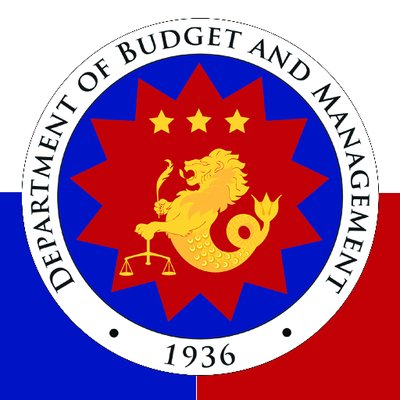
- Details
To De La Salle University (DLSU) Vice President for Research and Innovation, Dr. Raymond R. Tan;
DLSU-La Salle Institute of Governance (LSIG) Director, Dr. Kiko Magno;
Distinguished resource persons from State Universities and Colleges (SUCs);
And to all our fellow champions of open government and good governance from the academe:
Good afternoon!
Assalamu alaikum wa Raḥmatullahi wa Barakatuh.
First, allow me to express my heartfelt gratitude to DLSU-LSIG not just for organizing this event as part of this year’s Open Gov Week celebration, but also for your significant contributions as a member of the Philippine Open Government Partnership’s (PH-OGP) Steering Committee.
The DLSU-LSIG has been instrumental in broadening the engagement of academic institutions in our open government journey and building their support for PH-OGP’s goal of creating data-driven and evidence-based initiatives.
We hope that through your leadership, more SUCs and private learning institutions join this space as active co-creators and implementers of game-changing reforms towards more effective, transparent, and accountable governance in our country.
With powerful tools at your disposal—instruction, research, extension, and analytical expertise—the academe has both the opportunity and the imperative to help shape the future of OGP in the Philippines.
And so today, allow me to share three meaningful ways you can contribute to our Open Government Agenda.
First, let us leverage our knowledge partnership to promote open governance principles. Through research, you can help us gain scientific evidence on the impact and effectiveness of our initiatives. These insights are vital—not only for the public, who deserve to know whether the PH-OGP is delivering on its commitments, but also for the Steering Committee, as they guide our decision-making and help us improve our practices.
Beyond research, we must nurture our future leaders through educational platforms. Hence, I encourage you to integrate open governance into your teaching and open spaces for dialogue, as this will lay the groundwork for more ambitious and responsive reforms that we welcome, as these will ultimately uplift the lives of Filipinos, even and especially for generations to come.
Second, let us co-create initiatives that bridge persistent gaps—between national and local governments, between policy and practice, and between grassroots communities and state institutions. The academe is home to a network of professionals, scholars, and advocates from different backgrounds. Leveraging this diversity, you can effectively act as connectors, facilitating collaboration and harmonization of efforts across various sectors.
A shining example of this collaboration is evident in our OGPinas! Nationwide Advocacy Campaign, where the academe has been a consistent participant in all the fifteen (15) runs conducted across the country since its inception in 2023.
We are grateful to all the schools and institutions that enabled student participation in OGPinas!, where they pledged their commitment to uphold the OGP values of transparency, accountability, and citizen participation. Indeed, your work has greatly helped us in bringing this movement closer to the people and the people closer to governance.
Finally, let us shape data-driven policies and ensure that they reflect the needs and aspirations of our fellow citizens.
As you know, we recently conducted a series of roundtable discussions on Freedom of Information (FOI) with various stakeholders. One of the sessions, led by the DLSU-LSIG, provided a platform for academic representatives to share data-driven insights on the value of embedding FOI within our educational system. They also proposed practical and concrete measures to strengthen and refine the draft FOI Bill.
With your steadfast support, we are confident that our policies and reforms will evolve to be more inclusive, informed, and responsive—a powerful testament to the transformative impact of meaningful academic participation in governance.
Building on this progress, I am happy that we are now convening once again to deepen our dialogue and advance our shared objectives. And just like our previous events, let's make this one just as productive and impactful!
So, as we listen to our resource persons this afternoon, let us embrace trailblazing ideas, forge meaningful partnerships, and strengthen our collective efforts to build a more open and accountable government—a Bagong Pilipinas that works for and with the people.
Maraming salamat po! Happy Open Gov Week! Mabuhay ang sektor ng akademya!
Wabillahi Tawfiq Wal Hidaya, Wasalamu alaikum wa rahmatullahi wa Barakatuhu.
END
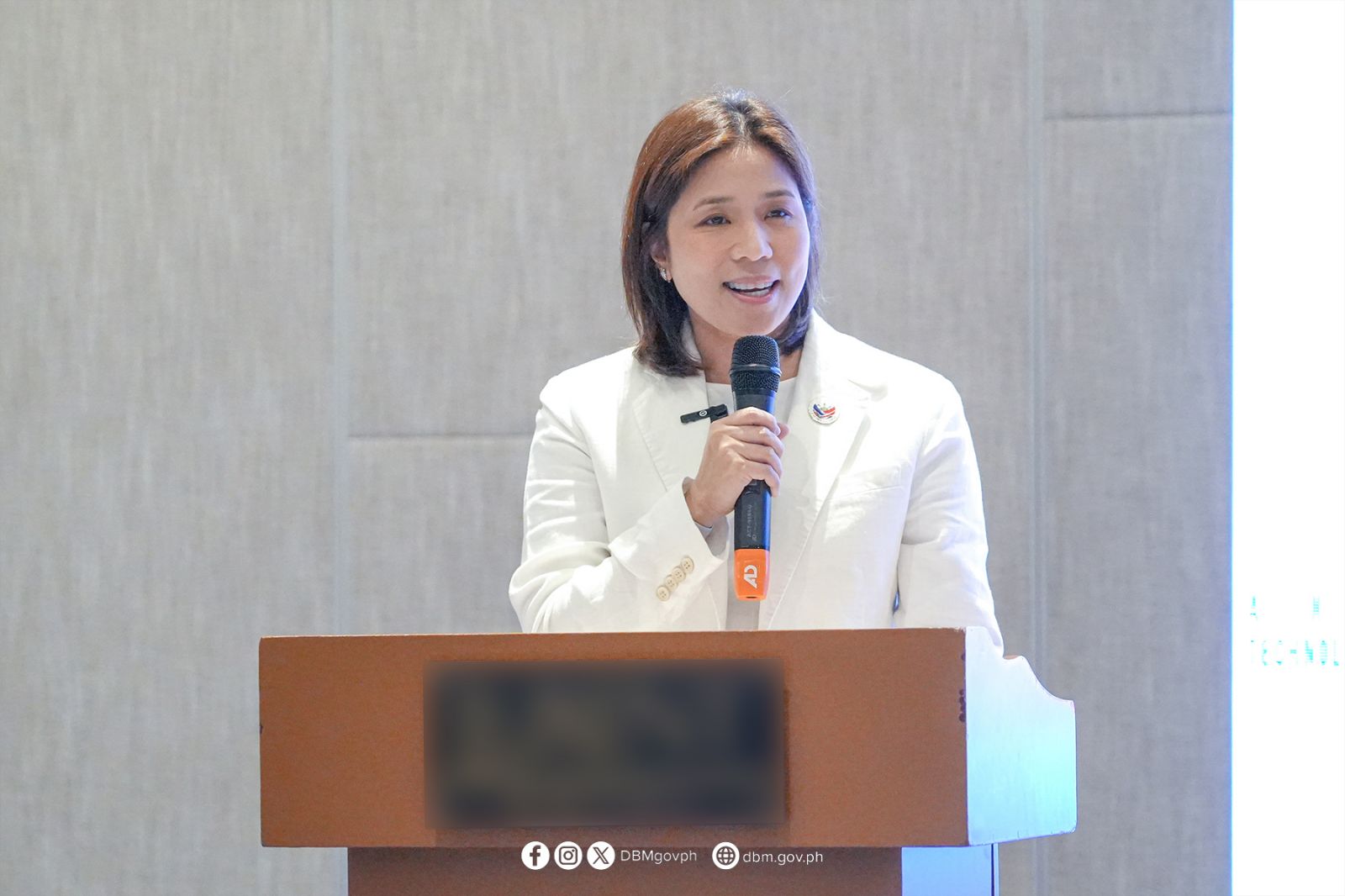
- Details

To Department of Information and Communications Technology (DICT) Undersecretary Atty. Christina Faye Condez-de Sagon,
Esteemed panel of judges;
Participants of the Open Government Hackathon 2025;
And to all the technology experts and innovators who are also advocates of good and open governance:
Good morning!
Assalamu alaikum wa Raḥmatullahi wa Barakatuh.
My sincerest gratitude goes to the DICT for co-organizing this event with the Department of Budget and Management (DBM) to fulfill our shared mission of accelerating digital transformation towards a more transparent, effective, and accountable governance.
And as early as now, I offer my warmest congratulations to all the brave changemakers who participated in this Hackathon. Despite the limited time to develop your applications, showing up for your final pitch today is proof that you are, indeed, passionate in co-creating solutions that matter most.
New and emerging technologies present opportunities for governments to enhance openness and accountability, and for citizens to actively participate in governance processes. However, they also pose the risk of enabling the spread of misinformation and disinformation, eroding public trust, and excluding the marginalized communities.
This just means that we must work even harder to ensure that our country’s digital transformation is grounded on truth, inclusion, and collaboration. Hence, our collective response to this challenge is to leverage open government principles in the development of civic tech tools so that it serves as a bridge between the government and the people.
This is why today’s hackathon is especially meaningful. We are not just building applications—we are building trust toward our public institutions and empowering our citizens.
I am excited to hear all your presentations, which I believe will serve as a powerful demonstration that innovation can be ethical, inclusive, and citizen-centered.
As you begin your work today, allow me to share three key points that I hope will guide and inspire your initiatives.
First, let us make government data truly open—accessible, usable, and designed for all Filipinos. When data is shared in meaningful ways, it becomes a powerful tool for public good.
In the DBM, our regular publishing of key budget documents for public scrutiny has earned us the recognition as the most fiscally transparent country in Asia, according to the latest Open Budget Survey.
Second, let us promote the ethical and transparent integration of Artificial Intelligence (AI) in public service delivery.
And finally, let us design technology that puts people at the center—encouraging active participation, not passive observation.
Together, let us harness the power of technology to build a Bagong Pilipinas—one that is smarter, more resilient, and truly responsive to the needs of the Filipino people and of future generations.
Please take this space today. Masaya po tayo at maswerte po tayo na mayroon po tayong ganito. It is the first time in this Administration that Open Government was institutionalized. Isa po ito sa mga pinakaunang Executive Order ng ating Pangulong Ferdinand R. Marcos Jr. noong nagsimula ang kanyang administrasyon.
So, let’s be happy, let’s be proud that we have a space like this, especially for the youth kasi kayo po ang pinaka-importante dito, dahil sabi nga, “Ang kabataan ang pag-asa ng bayan!”
Maraming salamat po, and I wish you all a meaningful and inspiring Open Gov Hackathon!
Wabillahi Tawfiq Wal Hidaya, Wasalamu alaikum wa rahmatullahi wa Barakatuhu.
END
More Articles …
- CO-CREATION FOR NATIONAL ACTION: ENGAGING CIVIL SOCIETY IN SHAPING FISCAL RESPONSIBILITY
- ENHANCED TRANSPARENCY, INCREASED PARTICIPATION: THE IMPACT OF OPEN GOVERNMENT ON PUBLIC PROCUREMENT IN THE PHILIPPINES
- OPEN GOV WEEK 2025: BUILDING MOMENTUM, MAKING OPEN GOVERNMENT A REALITY FOR ALL
- TOWARDS A TRANSPARENT TOMORROW: ADVANCING FREEDOM OF INFORMATION LEGISLATION
